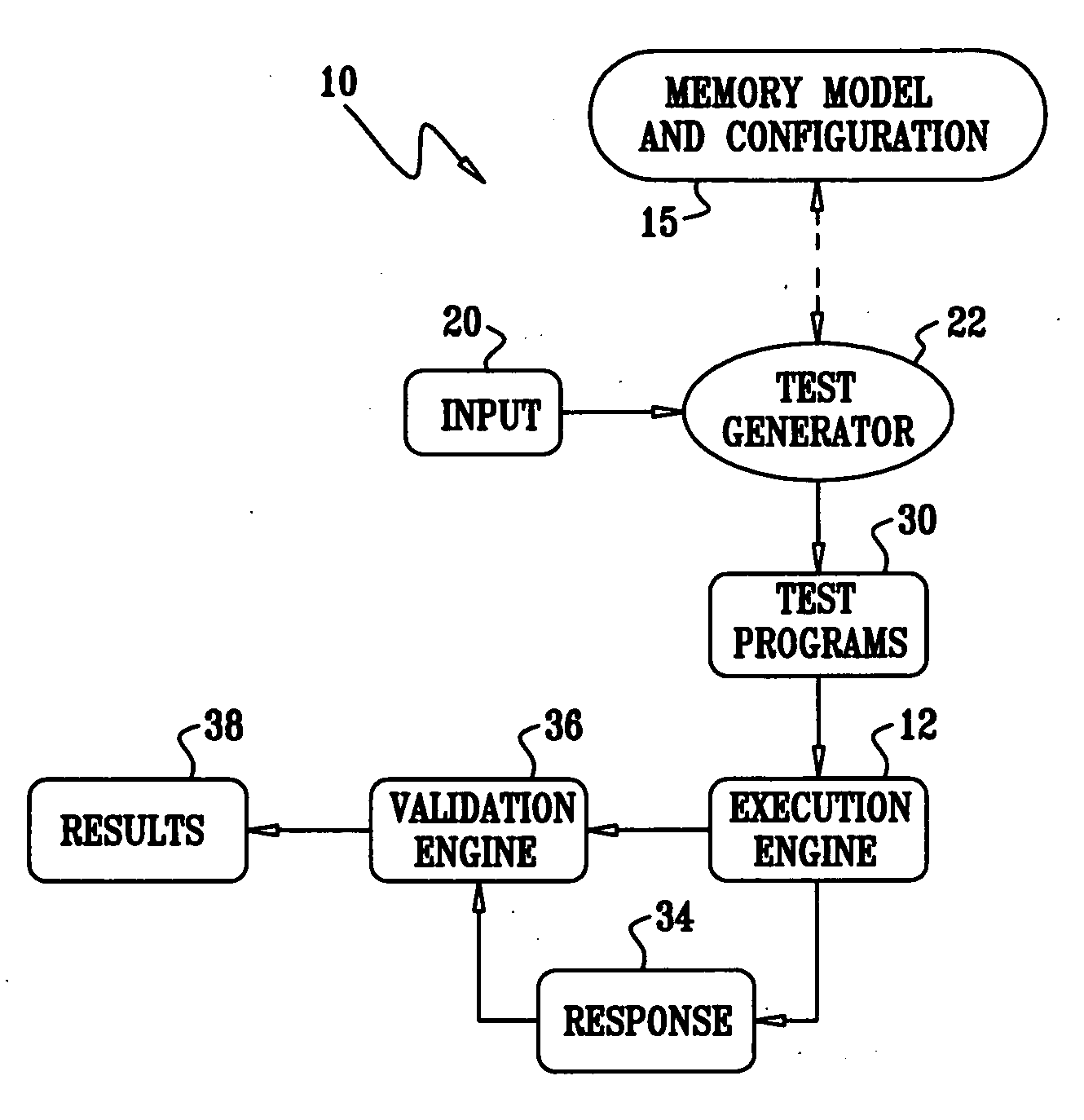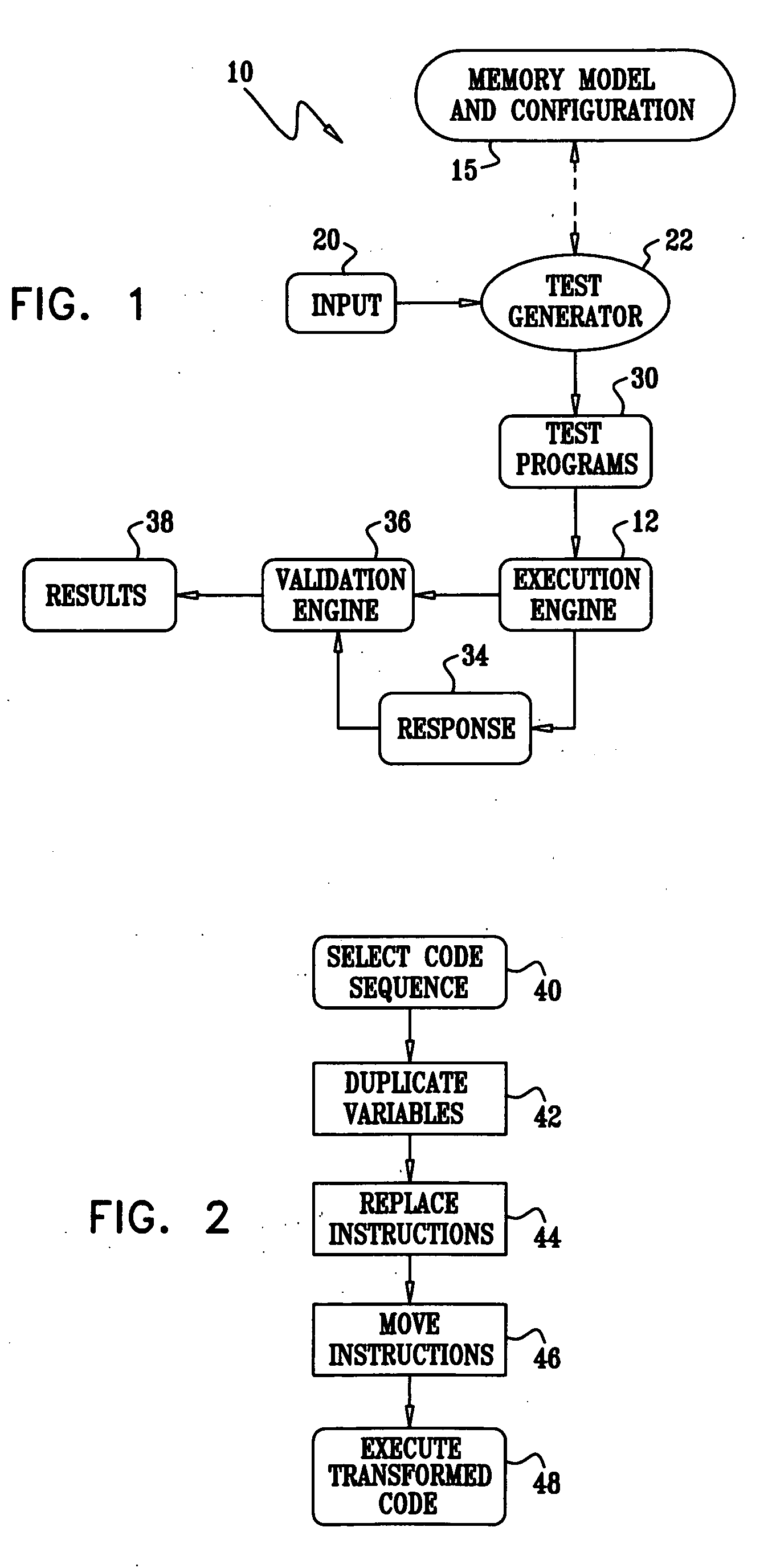Using code motion and write and read delays to increase the probability of bug detection in concurrent systems
a technology of code motion and delay, applied in error detection/correction, instruments, computing, etc., can solve the problems of increasing the likelihood of exposing program flaws that may become evident under different memory models, and achieve the effect of increasing the likelihood of exposing program flaws
- Summary
- Abstract
- Description
- Claims
- Application Information
AI Technical Summary
Benefits of technology
Problems solved by technology
Method used
Image
Examples
example
[0057] There is a well-known bug pattern related to two-layer memory model, namely, the double-checked locking bug, an example of which is given in Listing 4.
Listing 4class Foo{public int x;public Foo(int _x){x=_x;}}class Bar{private static Foo foo = null;public static void printFoo( ){if (foo == null) {synchronized(this){if (foo == null) {foo = new Foo(17);}} / / synchronized}System.out.println(foo.x);}}
[0058] The problem arises if the thread performs the first test for nullity, which is non-synchronized, and finds that the variable foo is non-null. In this case, the synchronized block is never entered. If the code executes on a JVM with a one-layer memory implementation, the method printFoo( ) will always print 17. However, on a machine with two-layer memory, the following scenario is possible:
[0059] Thread T1 executes Bar.printFoo( ), initializing Bar.foo (and Bar.foo.x). Note that at the exit from the synchronized blocks the updated variable values are copied from T1's copy of t...
PUM
 Login to View More
Login to View More Abstract
Description
Claims
Application Information
 Login to View More
Login to View More - R&D
- Intellectual Property
- Life Sciences
- Materials
- Tech Scout
- Unparalleled Data Quality
- Higher Quality Content
- 60% Fewer Hallucinations
Browse by: Latest US Patents, China's latest patents, Technical Efficacy Thesaurus, Application Domain, Technology Topic, Popular Technical Reports.
© 2025 PatSnap. All rights reserved.Legal|Privacy policy|Modern Slavery Act Transparency Statement|Sitemap|About US| Contact US: help@patsnap.com


